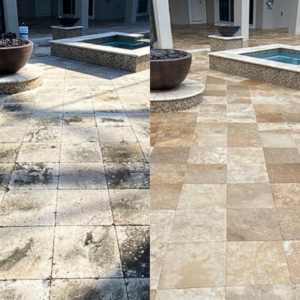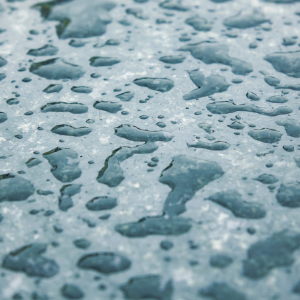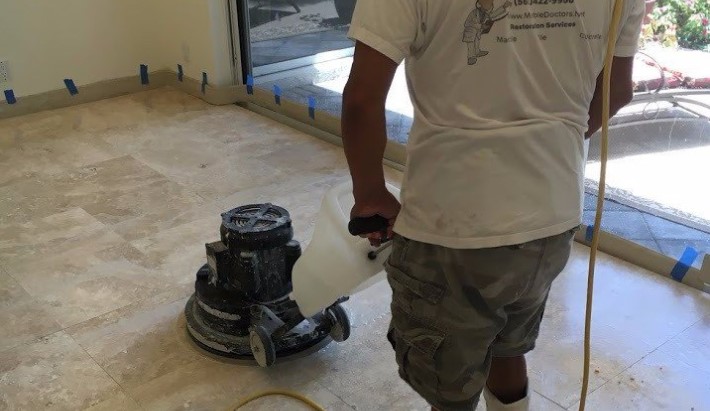In the world of stone polishing techniques, achieving the perfect shine involves employing specific polishing techniques tailored to each stone’s unique properties. Understanding these methods is crucial for preserving the stone’s integrity while enhancing its appearance.
Exploring Various Stone Polishing Techniques
The realm of stone polishing comprises diverse methodologies, each uniquely tailored to elevate a stone’s aesthetics while preserving its fundamental integrity. Understanding these techniques is pivotal for achieving impeccable results in stone finishing.
1. Diamond Abrasive Polishing
This meticulous method employs an assortment of diamond grits to delicately grind the stone’s surface, eradicating imperfections and culminating in a lustrous finish. Executed via a low-speed machine, this process demands precision in sanding to achieve optimal results, making it ideal for specific stones necessitating a natural yet impeccable look.
Involving the utilization of chemical agents such as fluorosilicate, crystallization triggers the formation of glassy crystals on the stone’s surface. Despite its historical prevalence, this technique presents inherent risks to both floors and health, making it an unsuitable choice for contemporary stone polishing endeavors.
3. Application of Barrier Coatings
Frequently referred to as waxing, this method harnesses compounds like acrylic or urethane to artificially enhance shine. However, its compatibility is restricted to non-porous stones, necessitating meticulous application to avert potential drawbacks.
4. Polishing Powders and Compounds
Similar in principle to abrasive sanding, this technique employs finer compounds like oxalate or aluminum oxide, initiating a chemical reaction resembling crystallization. The outcome is a resilient finish, although the process itself is often intricate, requiring specific equipment and maintenance.
Assessing the Pros and Cons
Each method carries its own set of advantages and limitations:
- Diamond Abrasive Polishing: Offers a natural finish but entails higher costs and labor-intensive procedures.
- Crystallization: Effective but fraught with risks such as slippery floors and maintenance challenges.
- Polishing Powders and Compounds: Presents durability yet demands meticulous maintenance and specialized equipment.
- Barrier Coatings: Renders good slip resistance but suffers from unnatural appearances and susceptibility to scratches.
Understanding the nuances of these techniques facilitates the selection of the most appropriate method, striking a balance between shine, durability, and maintenance requisites for your stone.




